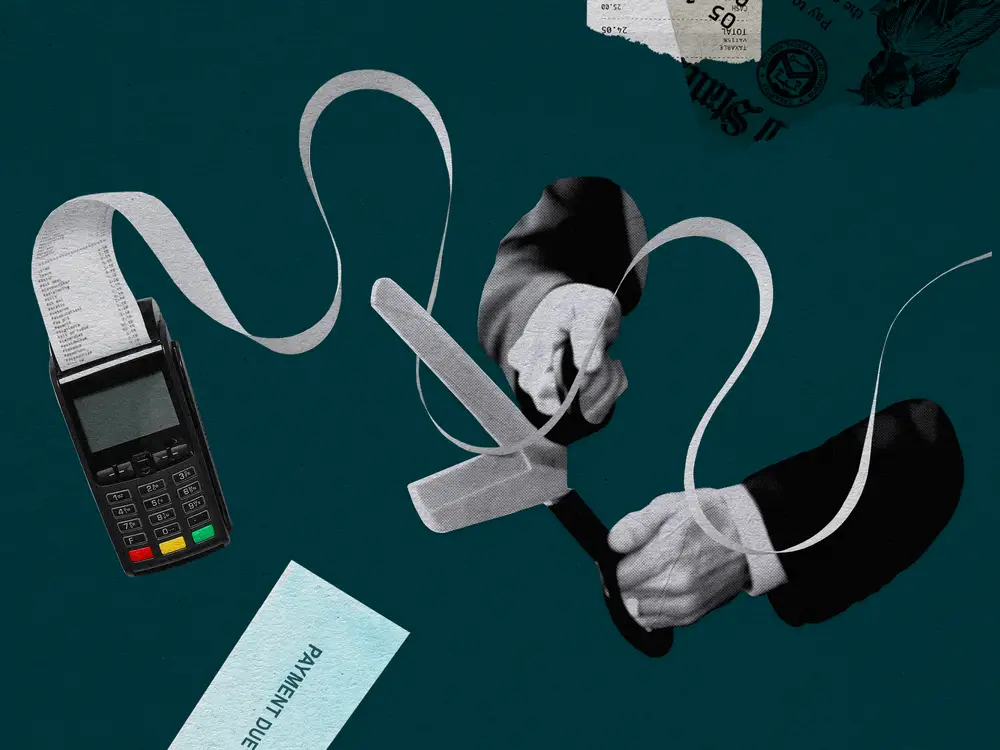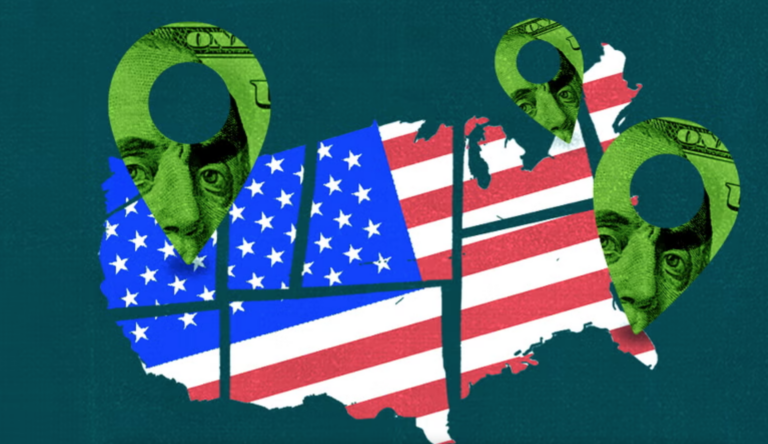When interest-rate cuts will hit credit cards, car loans, and mortgages

Americans might not quickly feel the effects of the Fed’s first rate cut in over four years.
The nation’s central bank has finally cut interest rates for the first time in over four years. But Americans might not feel that relief just yet.
On Wednesday, the Federal Open Market Committee announced an interest-rate cut of 50 basis points, concluding years of the Federal Reserve’s aggressive inflation-fighting as the US began recovering from the pandemic. It followed months of some experts and Democratic lawmakers calling for the Fed to cut rates to give Americans relief, and their calls were finally answered.
While the cuts signal good news for Americans — it reflects the Fed’s confidence that inflation is finally returning to normal — it’ll take time for consumers to actually feel the effects of lower rates. That’s because there’s a lag in monetary policy, meaning that it could take months for a rate cut this month to materialize for consumers. Further, rates for the kinds of loans most Americans hold are only indirectly affected by the Fed’s moves.
“The universe of interest rates is one where the Federal Reserve’s impacts vary, but the central bank helps set the tone even where there isn’t a direct correlation,” Mark Hamrick, a senior economic analyst for Bankrate, told B-17.
Erica Groshen, senior economics advisor at Cornell University and the former commissioner of the Bureau of Labor Statistics, said in a statement to B017 that lower rates will have at least three types of effects: They’ll lower the cost of consumer borrowing, similarly make corporate borrowing cheaper, and “people who live on interest on their savings will lose some of their income, and so may reduce their spending.”
Those effects might not be felt right away.
One big area where consumers might experience the lag is credit cards. Credit card interest rates are at historic highs right now — the Consumer Financial Protection Bureau found in a recent report that the average annual percentage rate on credit cards surged to 22.8% in 2023, nearly doubling over the past decade. Michele Raneri, vice president and head of US research and consulting at TransUnion, told B-17 that “it’ll take a while for consumers to realize the benefit” of the cuts.
“A consumer who is carrying a balance is going to have to pay off the balance that they already have at that higher rate before the lower rate applies to their balance,” Raneri said, meaning consumers with credit-card debt will continue to see high rates despite the Fed’s cuts.
Still, Hamrick said within a day of the Fed’s rate cuts, banks will likely adjust their prime lending rates, which will be noticed in credit-card rates “immediately.”
The Fed rate cuts indirectly affect mortgages, which are generally based on other interest rates that are loosely tied to the Fed funds rate. Homeowners who already have a fixed-rate loan, which make up an overwhelming majority of the US mortgage market, won’t feel the effect of the Fed’s decision unless they refinance at a lower rate or buy a new home. The situation is similar for people who have a fixed-rate car loan.
And when it comes to businesses, rate cuts will have a positive impact on their operations, making it cheaper to take out loans. However, they won’t be immune from the lag — it’ll likely take a number of rate cuts from the Fed before businesses are able to significantly speed up their hiring and investing, as a single cut won’t be enough to make those changes to their business plans.
Savings rates will also be affected by the Fed’s rate cut decision.
“Savers will continue to be rewarded for searching for the best rates, even as yields slip from the peak,” Hamrick said, adding a “modest decline in yields is relatively inconsequential compared to the decision to save itself.”
Elizabeth Renter, senior economist at NerdWallet, said in a statement that people will see “impacts on the interest rates that banks pay on savings accounts and certificates of deposit.” However, she added “these reductions work against the consumer.”
“Rates on savings accounts and CDs have been higher than typical in our recent high rate environment,” Renter said. “As the Fed cuts initially and moving forward, we’ll see banks reduce these rates too.”
It’s unclear at this point how many more times and how low the Fed will cut rates as the year comes to a close. However, it will take time for Americans to see borrowing costs get cheaper, and it could be beneficial to them to account for that lag before making big financial decisions.
“I would urge people to do the math rather than to just sort of take a signal like it’s a traffic light and now’s the time to go,” Hamrick said.






